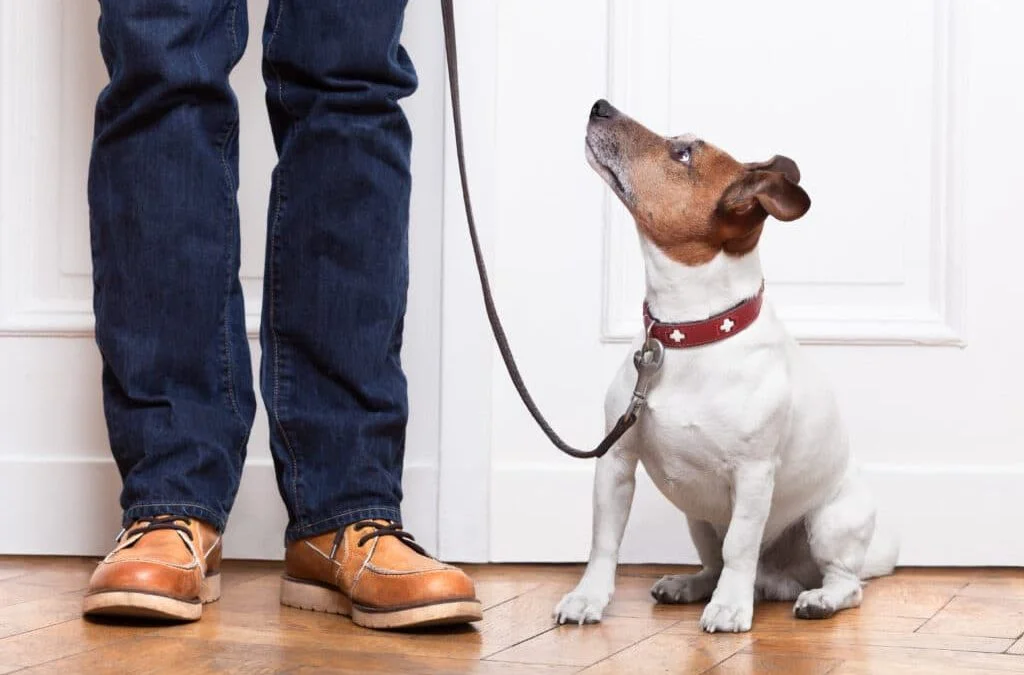Adding a new pet to your family can be exciting and challenging. Following these fundamental principles will make the transition easier and support a successful dog adoption.
The first few days in your home are crucial for a pet. It will be difficult for yoadur new dog to know where they are and what you expect of them. Setting up some clear structure with your family for your dog will be critical in ensuring a smooth transition.
Introducing a new dog into your pack necessitates planning. Fortunately, most people do this—except perhaps when bringing in a stray from the street. Before you adopt a dog, you should have at least some food and treats, food and water bowls, a dog bed, a leash and collar, and possibly some toys.
Before Your New Dog Arrives
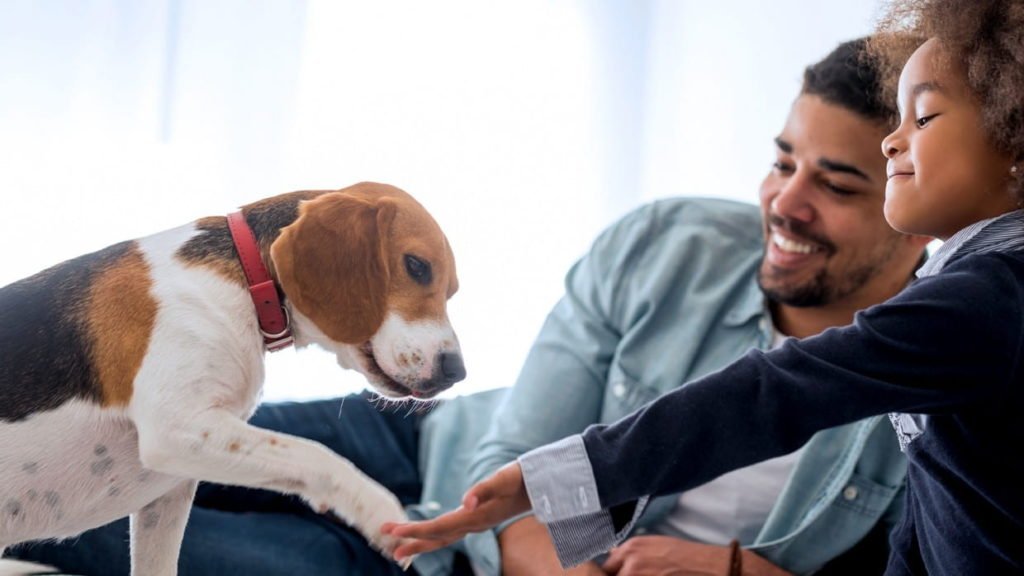
You’ll need to make some preparations even before your new dog arrives at your house. These steps will ensure that your dog has the best possible start in life.Getting a dog is a big commitment, so before you do it, make sure everyone in the family is on board with the idea.
- Next, decide who will be the primary caregiver; otherwise, you’ll be arguing while your new dog stares at their empty food bowl.
- Purchase some of the necessities ahead of time so that you and your dog can settle in without making too many dashes to the store.
- Make a temporary, gated-off living space for your dog or puppy where they can’t destroy your belongings or eat something poisonous. They will remain in this area whenever you are not present to prevent house training accidents.
- Choose a room that is a hub of activity in your home so your dog does not feel isolated, and make sure it has easy-to-clean floors. The kitchen is often a good choice; if necessary, you can block it off with baby gates. Remove anything that you do not want chewed on or soiled.
Once Your Dog Is Home
Moving is stressful for everyone, including your new dog! Allow them to become acquainted with your home and family before introducing them to strangers. Assure that children understand how to approach the dog without overwhelming it.
Remember to ask what and when your dog was fed when you pick them up. To avoid gastric distress, repeat that schedule for at least the first few days. If you want to switch to a different brand, do so gradually over a week by adding one part of new food to three parts old for several days; then switch to half new food, half old, and finally one part old to three parts new.
The first time you bring your new dog into your home should be very deliberate and specific. Here are a few important steps:
Introduce Your Home
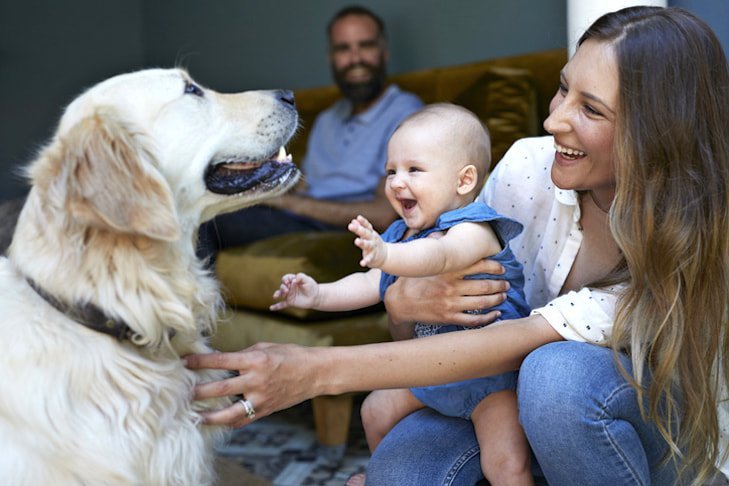
Keep your dog on a leash when you get home because you’re going on a long walk through her new neighbourhood. This serves two purposes: it helps to drain her excess energy and calm her down, and it helps her get used to the new smells, sights, and sounds.
After the walk, keep your dog on a leash to give him or her a proper introduction to the new pack den—your house, apartment, condo, or whatever you have.
Bring the dog to the front door but don’t let her in. If possible, have her sit or lie down as you open the door. Then you go in first, not letting her in until you invite her in.
Home Tour
Keep your dog on a leash and lead her from room to room once inside. Allow her to sniff or wander around. Use the leash to keep her close by. Spend a few minutes in each room before moving on, and make sure you go first into the next room each time.
Every door is an opportunity to assert your dominance; you go first, and the dog waits for your invitation to enter or exit.
The Feeding zone
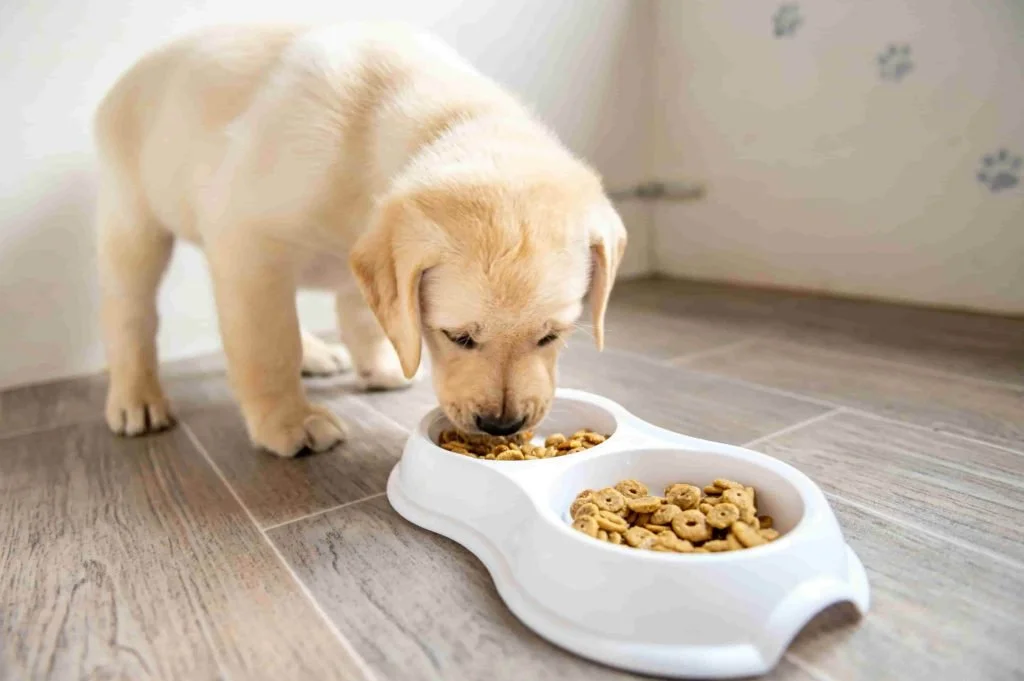
Bring the dog to the location where the food and water will be and offer a reward with some water and a few bits of food, but not a whole bowl; remember, your dog is still on her leash.
The Dog’s Bedroom
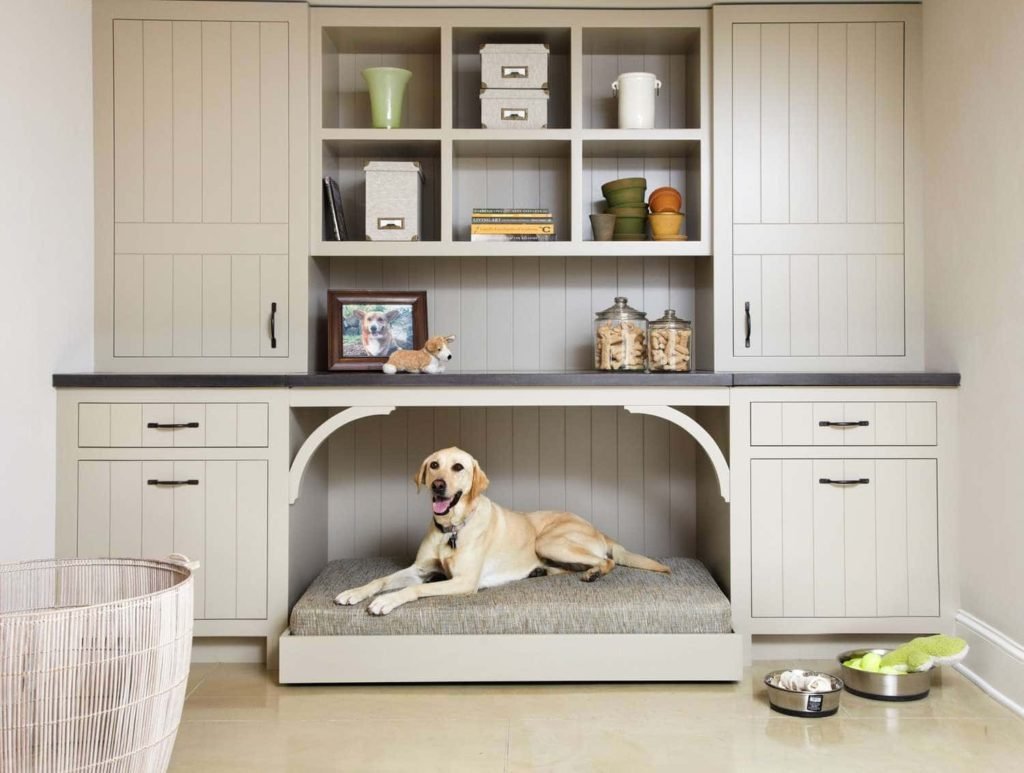
Similarly, if you have a special place where you want the dog to stay when she needs to be away from household activities, take her there. This is the point at which you can finally let her go.
That location can be her bed, a corner of the living room where you want her to lie, or her crate. You’re telling her, “This is yours,” by letting her off the leash here. Don’t be surprised if she decides to settle down and avoid the family for a while. This does not imply that she despises her new surroundings. It means she’s found her place in the world.
Set Up A Routine
Having a routine is comforting to your dog and helps with house training. Make a plan for your walks, meals, bathroom breaks, and exercise and try to stick to it. Most of this will involve watching your dog and adapting to their schedule to meet their needs, but the following guide can be useful: The Ideal Meal and Exercise Routine for Your Dog for Maximum Wellness.
Find A Good Veterinarian
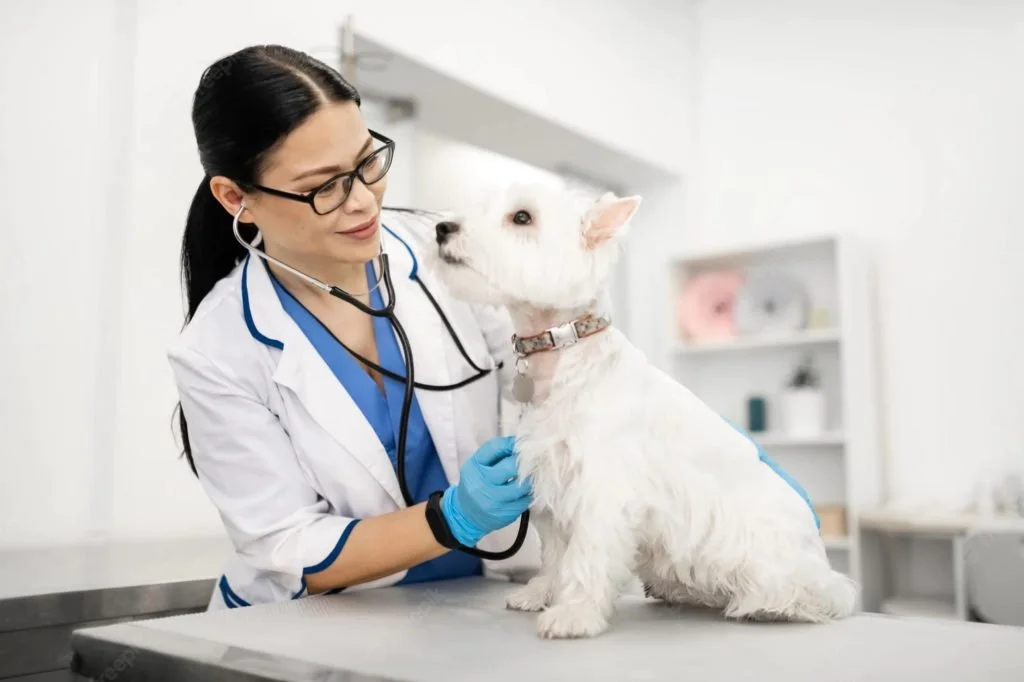
A puppy’s first vet visit needs to be a positive one so that your dog learns to expect vet visits. Request referrals and make your first appointment. Your dog will need to be examined and possibly immunized.
Your dog’s first few weeks at home will almost certainly be a period of significant adjustment for both of you. You can make the transition much easier on everyone if you prepare your home ahead of time, assemble a team (vets, dog walkers, and doggy daycare), and establish a routine right away.
We all want the best for our dogs; they are a member of our family and our best friend, and we want to ensure that they are happy and healthy. Wille’s Pet Paradise, Bangalore’s largest pet boarding center, has created a space filled with pawsome experiences for the community of dog lovers and their pets. Cafes, pet boarding, grooming and spa services, parks and pools, pet shops, training sessions, birthday parties, and so much more!

